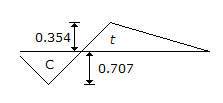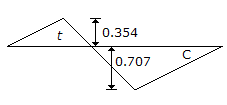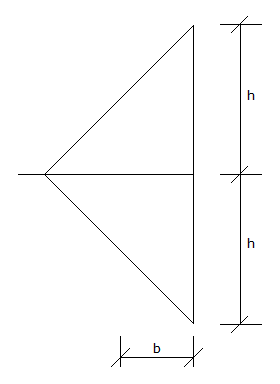Civil Engineering :: GATE Exam Questions
-
A test plate 30 cm x 30 cm resting on a sand deposit settles by 10 mm under a certain loading intensity. A footing 150 cm x 200 cm resting on the same sand deposit and loaded to the same load intensity settles by
-
Flow at critical depth takes place in an open channel When
-
Two completely penetrating wells are located L (in metres) apart, in homogeneous confined aquifer. The drawdown measured at the mid point between the two wells (at a distance of 0.5 L from both the wells) is 2.0 m when only the first well is being pumped at the steady rate of Q1 m3/sec. When both the wells are being pumped at identical steady rate of Q2 m3/sec, the drawdown measured at the same location is 8, 0 m. It may be assumed that the drawdown at the wells always remains at 10.0 m when being pumped and the radius of influence is larger than 0.5 L Q1/Q2 is equal to
-
A footing 2 m x 1 m exerts a uniform pressure of 150 kN/m2 on the soil. Assuming a load dispersion of 2 vertical to 1 horizontal the average vertical stress (kN/m2) at 1.0 m below the footing is
-
The influence line diagram for the force in member 'a' of the truss shown below is given by

-
In a BOD test using 5% dilution of the sample (15 ML of sample and 285 mL of dilution water), dissolved oxygen values for the sample and dilution water blank bottles after five days incubation at 20°C were 3.80 and 8.80 mg/L. respectively. Dissolved oxygen originally present in the undiluted sample was 0.80 mg/L. The 5-day 20°C BOD of the sample is
-
Group symbols assigned to silty sand and clayey sand are respectively


 Whatsapp
Whatsapp
 Facebook
Facebook






